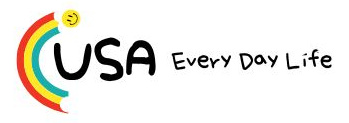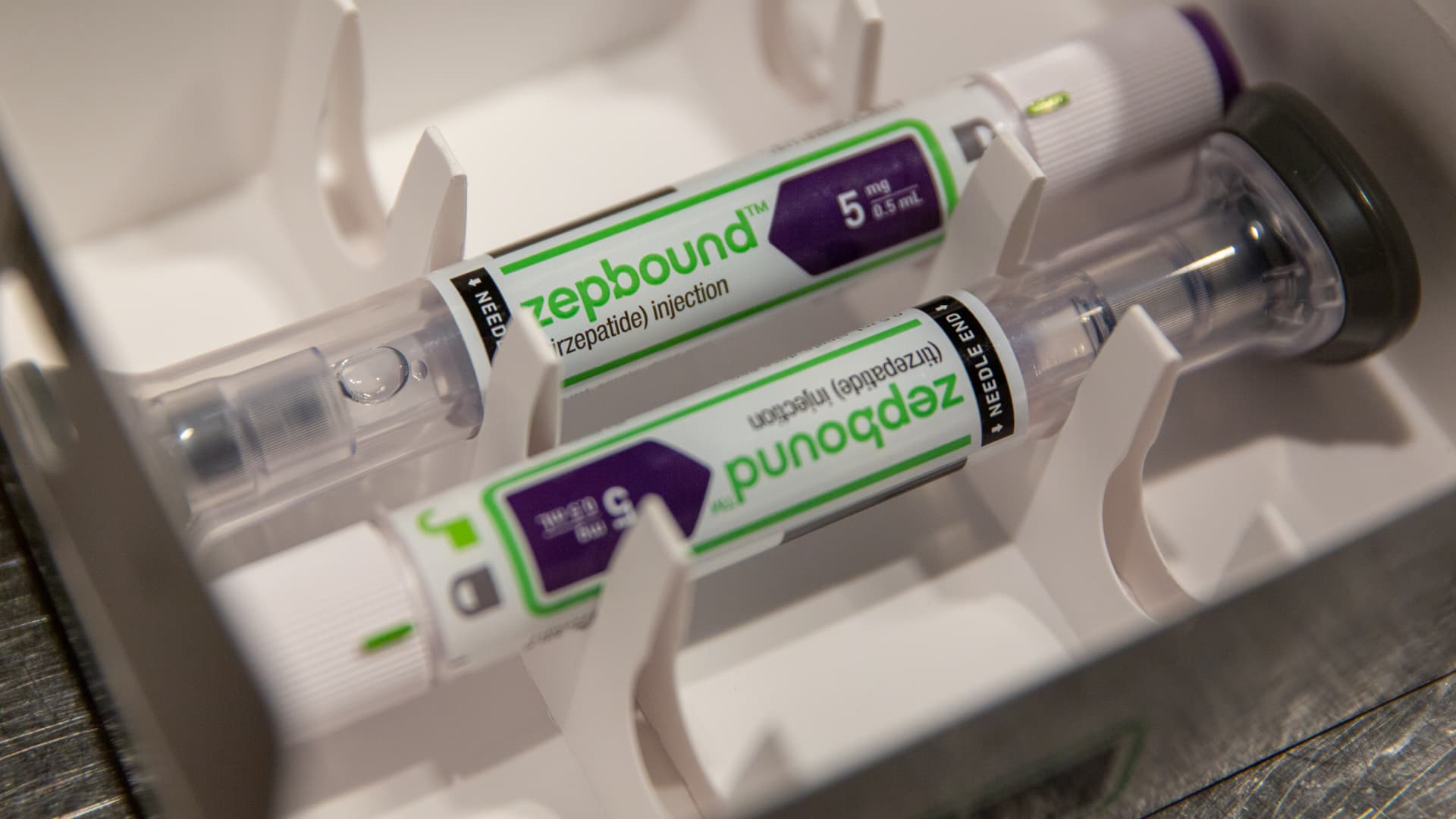Eli Lilly shares jumped Thursday after the drugmaker posted a strong third quarter, driven by sales of its popular GLP-1 medications. The company also raised its full-year sales outlook for the second time in a row, inspiring confidence in the trajectory of the franchise. Revenue in the three months ended Sept. 30 jumped 54% year over year to $17.6 billion, beating Wall Street expectations of $16.01 billion, according to LSEG. Adjusted earnings per share increased 494% year over year to $7.02, ahead of the $5.69 consensus, LSEG data showed. In last year’s third quarter, EPS of $1.18 included $3.08-per-share worth of charges related to IPR & D, or recognized acquired in-process research and development, largely from its Morphic deal. Bottom line This was a great quarter, up and down, with GLP-1 revenue collectively beating the consensus estimate on FactSet by about $1.16 billion. The reaction was much better than the last time Lilly reported back in August. The stock got hammered 14%, falling to $640 per share on disappointing weight loss data for its oral GLP-1 medication, orforglipron. Those trial results overshadowed what was a strong quarter. LLY YTD mountain Eli Lilly YTD At the time, we immediately downgraded Lilly to our penalty-box 3 rating, but quickly double upgraded it back to our buy-equivalent 1 rating less than a week later at around $660 after a flood of insider buying activity from company leadership, including Lilly CEO David Ricks and Chief Scientific Officer Daniel Skovronsky. Lilly shares have climbed nearly 30% since those insider purchases were disclosed — a strong reminder of why it pays to watch insider activity , especially when it happens during times of apparent stress. Against that backdrop, we are reiterating our 1 rating and raising our Lilly price target to $925 from $800 due to the strong revenue and earnings per share performance. Lilly shares rose roughly 4% after Thursday morning’s print — bringing their year-to-date gain to about 10%. Commentary Eli Lilly’s GLP-1 franchise drove the quarterly beat, with outperformance from Mounjaro for type 2 diabetes and Zepbound for weight loss. By geography, Lilly’s earnings presentation showed the total U.S. market for incretin analogues (the category of drugs GLP-1s fall under) increased 36% year over year in the third quarter. That’s a faster pace than the 7% year-over-year growth in the second quarter. This tells us that the size of the U.S. pie increased substantially in the quarter. It’s also important to note that Lilly gained share. According to its presentation, Lilly’s market share increased to 57.9%, up one percentage point versus the second quarter. What’s notable about this market share gain is that it came after Novo Nordisk’s Wegovy was designated the preferred GLP-1 medicine for obesity at CVS Caremark on July 1. Eli Lilly shares dropped significantly when that was announced in May, and so far, the results have not been nearly as bad as the market originally feared. Ricks described the impact as “modest” on the earnings call. Novo Nordisk, which is Lilly’s main competitor in GLP-1s, is also the maker of Ozempic for Type 2 diabetes. Lilly’s quarterly performance in the United States was solid, but the main driver of the beat came from markets outside the United States. “Really the upside here versus the Street was driven by a really strong international performance,” CEO David Ricks said on “Squawk on the Street” about Mounjaro’s rollouts in China, India and Brazil earlier this year. “What we’re seeing is global demand for this product.” Looking ahead, Lilly continues to plan on filling its once daily oral GLP1 pull orforglipron for approval in obesity later this year. Management anticipates a launch in the United States for obesity next year, with a submission for the treatment of Type 2 diabetes sometime in the first half of 2026. We remain highly bullish on this oral GLP-1 medication because it caters to patients who suffer from needle anxiety and prefer not to use injectables. It’s also much easier to store; it doesn’t require cold storage; and it’s also a whole lot easier for Lilly to scale manufacturing. We mentioned on Tuesday that Ricks said at an event the company has already made “billions of doses” of the pill in preparation for next year’s launch. That shows a lot of confidence in this market opportunity. We also are looking forward to upcoming trials that could expand the indications of Mounjaro and Zepbound. A few areas where Lilly is testing or planning to test are for knee and back pain, addiction, and smoking cessation. Guidance Eli Lilly raised its full-year revenue outlook to the range of $63 billion to $63.5 billion, up from its prior view of $60 billion to $62 billion. The $63.25 billion midpoint of the new outlook is above the consensus estimate of $61.74 billion and implies fourth quarter revenue of about $17.36 billion which is above the consensus estimate of $17.29 billion. Lilly also raised its outlook for full-year adjusted EPS to a range of $23.00 to $23.70, up from the prior range of $21.75 to $22.30. The $23.35 midpoint of the new outlook is above the consensus estimate of $22.48. Why we own it Eli Lilly’s best-in-class drugs should enable growth above the industry average for many years to come. The portfolio is anchored by its GLP-1 franchise, which currently consists of Mounjaro for type-2 diabetes and Zepbound for obesity. The fast-growing class of drugs has the potential to treat other conditions, such as sleep apnea, and reduce the risk of stroke. Competitors: Novo Nordisk , Biogen , Eisai, Merck and Pfizer Weight in portfolio: 2.72% Most recent buy: May 22, 2025 Initiated: Oct. 8, 2021 (Jim Cramer’s Charitable Trust is long LLY. See here for a full list of the stocks.) As a subscriber to the CNBC Investing Club with Jim Cramer, you will receive a trade alert before Jim makes a trade. Jim waits 45 minutes after sending a trade alert before buying or selling a stock in his charitable trust’s portfolio. If Jim has talked about a stock on CNBC TV, he waits 72 hours after issuing the trade alert before executing the trade. THE ABOVE INVESTING CLUB INFORMATION IS SUBJECT TO OUR TERMS AND CONDITIONS AND PRIVACY POLICY , TOGETHER WITH OUR DISCLAIMER . NO FIDUCIARY OBLIGATION OR DUTY EXISTS, OR IS CREATED, BY VIRTUE OF YOUR RECEIPT OF ANY INFORMATION PROVIDED IN CONNECTION WITH THE INVESTING CLUB. NO SPECIFIC OUTCOME OR PROFIT IS GUARANTEED.





